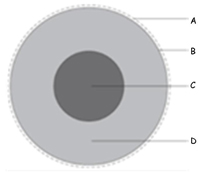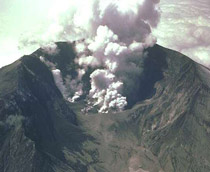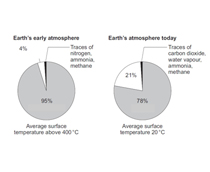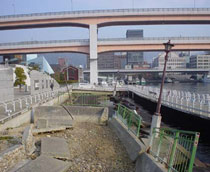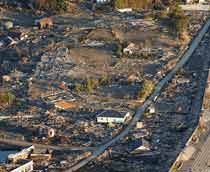
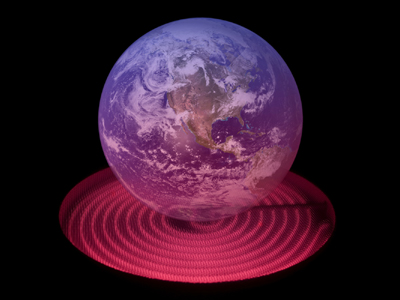
The Earth and its Atmosphere 2
The Earth is not a smooth ball of rock floating in space. It has many beautiful features, such as mountain ranges, oceans and vast gorges. How were these formed? Why does the surface of the Earth change? How does our atmosphere protect us and from what? These are all questions that you could be asked in your GCSE exam.
The first two questions are answered by the theory of plate tectonics. To understand the theory, you need to appreciate that the Earth has a layered structure and that these layers have certain properties. Over half of the Earth's diameter is the core. This is actually in two parts, a solid inner core surrounded by a liquid outer core. Both are made mainly from a mixture of nickel and iron and are very hot. The core produces the magnetic field which deflects the solar wind. The solar wind is a constant stream of charged particles that stream outwards from the Sun, if they reached the surface of the Earth, life would be much more difficult and maybe impossible.
Surrounding the core is the mantle. This takes up most of the rest of the Earth's diameter and is made from very hot rocks. What is really weird is that they are solid, but, because they are hot and under great pressure, they can flow very slowly. The heat from the breakdown of radioactive minerals in the mantle is thought to create hot areas that give rise to huge, slowly moving convection currents. The outer part of the Earth is the crust. This is made from solid rocks - sedimentary, igneous and metamorphic. Compared to the other layers, it is very thin. It is broken into large sections called tectonic plates by faults (breaks in rocks). The convection currents in the mantle drag the tectonic plates around the surface of the Earth. Where they collide and move past each other, you get earthquakes, deep sea trenches and mountain ranges. Where the tectonic plates are moving apart, new crust is formed as rocks from the mantle erupt from below, cool, and attach themselves to the edge of the plates.
The atmosphere too has layers. There is a layer that protects us from harmful ultra violet radiation (the ozone layer), a layer that reflects radiowaves which is useful as it means that communication is possible over long distances, a layer that contains most of the air (the troposphere) and some others too. There is a small amount of carbon dioxide spread through the entire atmosphere. As well as enabling photosynthesis, it provides a greenhouse effect. If it weren't for this, the Earth would be frozen solid, however, at current levels of carbon dioxide, the average temperature is just under 15°C. That allows liquid water to exist on the surface of the Earth, and without liquid water, life on Earth would not be possible.
(Click on the picture to enlarge it.)
Ready for more?
not all...
quizzers. Try to win a coveted spot on our Hall of Fame Page.




